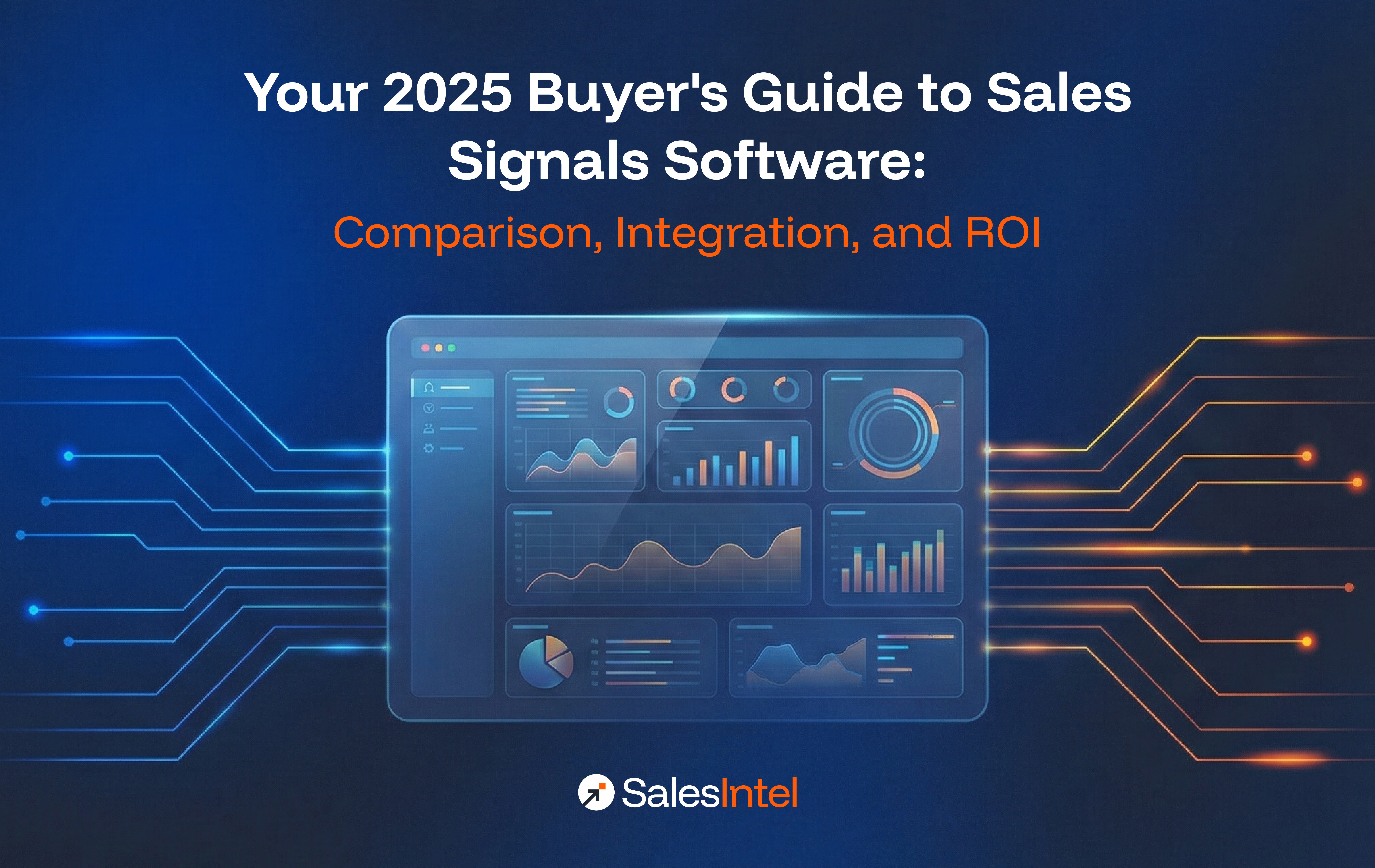What was your last impulse purchase? We’ve all been there. Maybe it was snacks on sale at the grocery store, or that online deal you couldn’t pass up. I’ll be the first to confess: my most recent impulse purchase was the puppy who is sitting on my lap now as I write.
There tend to be two ends of the spectrum as far as our reactions to those impulse buys. The first is a rationalization. I needed this to make myself feel better. I can use this in the future. The other is that we start to feel a bit guilty about it, even though it’s a smidge too late for regrets. That familiar sinking feeling of buyer’s remorse. Dang it, they got me again. What on earth am I going to do with this?
These instances raise an important question: in this time of mass media proliferation and rampant advertisement, as a salesperson what makes your product stand out? After all, psychology shows that we tend to act irrationally when faced with so many deals and product packages.
Now, I’m not recommending that you go hog-wild on some Little Debbies the next time you’re out, or that you go ahead and purchase a puppy without preparing for it first. But I am here to tell you that the urge to buy is natural–it’s the way that we buy that is changing over time.
Modern-day sales must leverage those same instincts, though tactics may change based on our contemporary context, to keep your product front and center in a prospect’s mind. First, we’ll go over the natural buying instincts we all have, and then we’ll apply those principles to sales.
Wired to Buy
Humans have been coveting each other’s stuff since the dawn of time. This originated as a survival instinct, in a way. We as humans need certain things to survive and will do what it takes to get those things.
However, we need much more to get by these days than some firewood and a nice cave. Any salesperson will tell you that sales begins with a need, and their product is focused on meeting the customer’s needs.
So at what point does buying go beyond what we need and activate impulses deep in the human psyche?
Aesthetic tendencies
We’ve heard it said that we are certainly visual creatures. And as much as we would all like to say we don’t judge a book by its cover, the truth is that we subconsciously value products for their aesthetic value, even when we think we don’t.
Studies show that we associate certain characteristics with certain appearances. For example, we mostly prefer rounded shapes instead of angular ones, we think heavier containers are more satisfying, and we think rough, pliable containers are more “natural” than others.
When it comes down to it, sometimes we buy things just because they look or sound so good we can’t help but try them.
Social Instincts
Don’t worry, we’re not just all about the aesthetics. We also buy because we are creatures in a community who want to feel like we belong. The principle of social proof shows that we often decide what is socially acceptable by watching what others do.
Consequently, sometimes we determine what we need based on what everyone else has. It’s not just that competitive edge, it’s that we are wired for a community and will do what it takes to be included.
Habits & Loyalties
We also tend to be creatures of habit, meaning we often stick to products that we like or know for a fact to be effective. That’s why our first-worlds get turned upside down when someone out there tells you that your shampoo is actually bad for you or your face scrub is killing sea turtles. Even if we know we need to make a change in that routine, it’s uncomfortable for us.
However, our loyalty to products is one aspect of consumer behavior that is noticeably changing. In this digital age, the number of channels, that is, platforms and retailers from which we buy is endless. We have more options than ever before.
This means that sellers have to make their products available on as many channels as possible in order to truly make a profit, a challenge being referred to as omni-channel selling.
Fear and Scarcity
Not only are we overcome with ideas of what we think we should have, but we are also increasingly aware of whatever we don’t have, and this too triggers a buying instinct within us. We want what we don’t have, even if we don’t necessarily need it.
Implications for Sales
So, how does all of this affect those doing the actual selling? Well, a large portion of marketing is appealing to those human instincts that, sooner or later, cause us to buy things. We are always wired to buy, but how we buy and where we buy from is constantly changing.
Sellers have to make their products available on multiple channels and establish a strong marketing presence in a different way than generations before. Omni-channel selling can seem overwhelming at first but is necessary to thrive in the modern marketplace.
In simple terms, you need to always be present and always make purchases as low friction as possible.
That offering advice regarding omni-channel selling emphasizes the time and strategy that it takes to do so successfully. Yet, the basic principles are still similar, reminders such as: pay attention to your data; start with your target customer; take things one step at a time, and of course–know the needs of the customers you are trying to reach.
When it comes down to it, those needs are instinctual and quite understandable. It’s up to the seller to trigger those instincts on all of the right channels.
Two of the key channels for account-based selling, in particular, are being in the prospect’s inbox and their voicemail. Being in direct contact with a prospect is a key opportunity to trigger buyer impulses and to make yourself available when they decide to buy.
Using accurate contact data to start a conversation can reduce the need for a prospect to reach out on their own and cause a deal to get moving.





